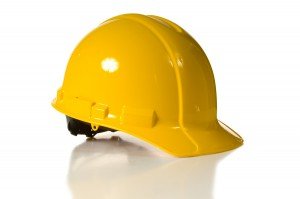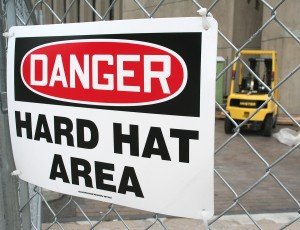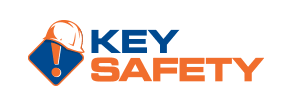Workers face a variety of hazards in every industrial environment. Employers are required to provide engineering or administrative controls to minimize or eliminate exposure to these hazards. And while these protective measures are set into place, there is always a possibility of their failure. If there is not an administrative or engineering control that is applicable to eliminate the hazard, PPE is introduced as a last resort. OSHA estimates over 2 million disabling work injuries every year, and 25% of those injuries involve the head, eyes, or face. The Bureau of Labor Statistics (BLS) state that head injuries account for nine percent of all injuries to laborers. The most common PPE item for head safety is the hard hat. Hard hats protect the head, which is the only part of the body that completely encloses a vital organ and bone. Although the skull is one of the densest and strongest bones in our body, it is not impervious to the inherent hazards in an industrial work environment. Hard hats are used to prevent injury to the head from falling objects, electric shock, and injuries due to a strike from low hanging overhead objects. They offer a variety of different features and elements of protection.
Anatomy of a Hard Hat
As per regulation requirements, hard hats, or protective helmets, must consist of a shell and suspension system. The shell is the outside of a hard hat. It is rounded in shape to protect the crown of the head. A suspension system is used to prevent the hat from falling off and is usually in the form of a head band placed inside the hard hat. When used properly, the shell and suspension system work symbiotically to absorb the force from a strike to the head. Hard hats must be made out of water-resistant and slow burning material.
 “Accessories that can be fitted into hard hats include:
“Accessories that can be fitted into hard hats include:
- a retaining strap worn under the chin or at the nape of the neck
- a bracket and cable clip for the attachment of a lamp
- an eye shield, face shield or welding shield
- a wide brim for additional shade in hot climates
- neck flaps for protection against weather, molten metal splash, hot substances and similar
- a lining for cold conditions
- ear muffs.”
Safety Health and Wellbeing, UWA
Types and Classes of Hard Hats
Safety standards of hard hats are regulated by OSHA 29 CFR 1915.155(b)(1)and (b)(2) and set by the American National Standards Institute (ANSI) Z89.1-1997 standard. These standards establish different types and classes of hard hats.
Types
There are two types of hard hats:
Type 1: reduces impact from a blow to the top of the head.
Type 2: protects from blows to the top of the head and the sides of the head.
Classes
- Class A helmets provide electrical protection from low-voltage conductors (less than 2,200 volts).
- Class B helmets provide electrical protection from high voltage conductors (less than 20,000 volts).
- Class C helmets provide only impact and penetration protection and since they are usually made of aluminum, which conducts electricity, that should not be used around electrical hazards.
Hard Hat Maintenance
 OSHA recommends that helmets be inspected daily for dents, cracks, and/or penetration and replaced immediately if damaged. Extreme hot and cold climates can shorten the lifespan of a hard hat. Therefore store them in an area with limited exposure to extreme temperatures and UV rays. If stickers are placed on a hard hat, be sure to place them an inch above the brim to prevent an electrical current due to possible metal content in some stickers. No holes should be drilled into the helmet under any circumstance as this lowers the strength of the shell. It is generally advised to replace hard hats every two years and suspension every 12 months.
OSHA recommends that helmets be inspected daily for dents, cracks, and/or penetration and replaced immediately if damaged. Extreme hot and cold climates can shorten the lifespan of a hard hat. Therefore store them in an area with limited exposure to extreme temperatures and UV rays. If stickers are placed on a hard hat, be sure to place them an inch above the brim to prevent an electrical current due to possible metal content in some stickers. No holes should be drilled into the helmet under any circumstance as this lowers the strength of the shell. It is generally advised to replace hard hats every two years and suspension every 12 months.
It is imperative to have the proper hard hat for your working environment. Key Safety’s team of experts can assist your employees in finding the correct PPE. We provide safety PPE products with the latest technology from leading reputable manufacturers in the industry. Take a look at the brands we provide, or contact us for more information about your PPE needs.






